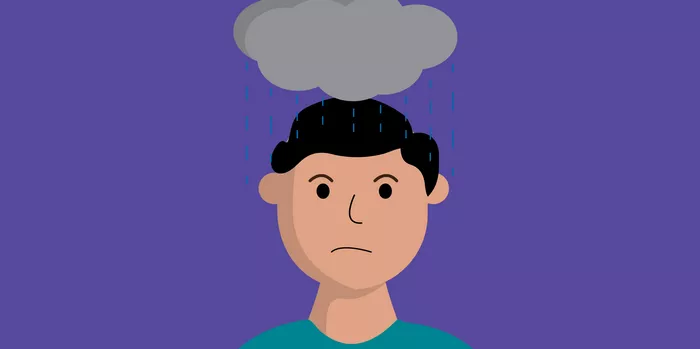Objective:
This study aimed to explore the relationship between myopia and mental health among Chinese children in primary and secondary schools. The study utilized a cross-sectional design, surveying 1,640 children and their parents through an online questionnaire. Routine eye examinations, including cycloplegic autorefraction, were conducted on the children. Multivariable linear and logistic regression analyses were employed to assess the correlation between myopia and mental health.
Methods:
The study included 1,640 children, of whom 836 (50.98%) were boys. The mean age of participants was 9.39 ± 2.22 years. The Strengths and Difficulties Questionnaire (SDQ) was used to assess mental health, with a focus on total difficulties scores. The study examined whether a decline in visual acuity was associated with higher mental health difficulties, using linear regression models for the overall population and in specific subgroups.
Results:
The study found that children with a decline in visual acuity over the previous year had significantly higher SDQ total difficulties scores (β=0.564, 95% CI: 0.064, 1.064) and a greater likelihood of borderline mental health problems (OR=1.863, 95% CI: 1.135, 3.057). Myopic children were at a higher risk of experiencing abnormal mental health issues compared to their emmetropic peers (OR=3.601, 95% CI: 1.070, 12.456). Additionally, an increase in the number of correctly identified early treatment diabetic retinopathy study (ETDRS) markers was associated with a reduced risk of abnormal mental health problems (OR=0.964, 95% CI: 0.933, 0.997).
In grades 3-4, myopic children showed a significantly higher SDQ total difficulties score than their emmetropic counterparts (β=1.065, 95% CI: 0.200, 1.929). Furthermore, children with a decline in visual acuity over the past year had a higher SDQ total difficulties score compared to those with stable vision (β=0.981, 95% CI: 0.011, 1.951).
Conclusion:
The findings suggest that myopic children, especially those in grades 3-4, are more vulnerable to mental health problems than their peers with normal vision. The study highlights the importance of early intervention and targeted mental health counseling for children with myopia to mitigate the risk of mental health issues. These results emphasize the need for integrated care approaches addressing both visual and mental health concerns in school-aged children.


